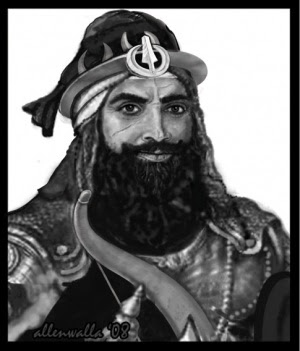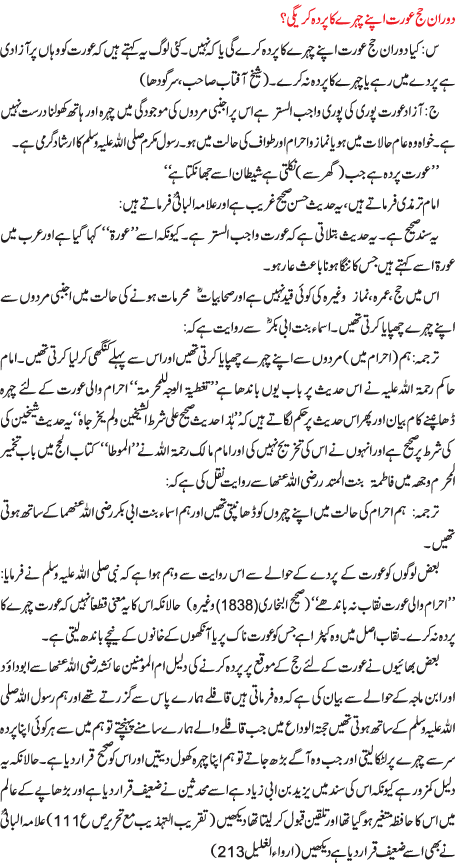Battle of Jamrud (1837)
Battle of Jamrud (1837) Publishing Date: Friday, April 10 2015

Hari Singh Nalwa
A cannonade was commenced upon the walls of fort, the defenses of the fort were destroyed in the course of two or three days. Afghans were taken by surprise when Hari Singh suddenly appeared with an army of about ten thousand men, twenty pieces of artillery, and a great quantity of ammunition and provisions and made an attack on them, Afghans were thrown into confusion and began to flee. This occurred on 30th, April 1837. The only detachment which stood firm in the field was that of Mohamed Afzal Khan, the Amir's eldest son who, keeping together his body of two thousand men, showed a bold front- Hari Singh , finding him inflexible, unexpectedly wheeled round, and, observing the Amir's sons and the Nawab occupying small eminences in the defiles of khyber, fell on their divisions. The Sikhs were able to drive the Afghans from their positions capturing 14 guns. The Sikhs thinking the victory gained, pursued the enemy, when their progress was checked by a body of horse led by Shamsudin khan who inflicted heavy casualties on them.
With this, the Afghans who were fleeing from battleground , returned and made a furious attack on Sikhs. Jabbar Khan aand Shuja-ud-duala khan also returned and a successful charge made by them led to the recovery of two of the captured guns. This forced the sikhs to retreat, in this crisis Hari singh received a mortal wound and was borno from the battle field. This accident spread consternation among Sikh troops, who retired to Jamrud fort, where they entrenched themselves. The Sikh leader expired on the same day.The Afghans recovered all eleven of the fourteen guns they had lost, and captured three more belonging to the Sikhs.
Hari singh was A man of extremist views, he was diabolical in his hatred of the Afghans whom he described as cowards, and saying that he knew well their worth. This arrogance and over-confidence cost him his life in the battle of Jamrud.(This was first battle under his command in which he faced a proper formidable Afghan army sent from Kabul, his army got defeated and he lost his life while retreating from the counter-attack of Afghans. Before this he nearly got killed in 1824 when Said Khani and Mashwani Pashtuns intercepted his army at Nara in Haripur and routed his force, killing 500 of his soldiers. He himself got severely injured and barely escaped towards attock along with his army. Rumor spread at that time that Hari singh has been killed.)
The defeat of Sikh army and death of Hari Singh Nalwa at Jamrud caused great anxiety at the court of Lahore. Ranjeet Singh marched in person to Rohtas sending Dhian singh in advance to Jamrud.Field batteries were hurried up with great alacrity from Ramgarh on the Chenab, to Peshawar,a distance of more than 200 miles, in the short space of two days. As soon as the Sikh reinforcement had arrived at Jamrud ,the Afghans were compelled to retreat to principality of Dhaka, from where Amir of Kabul recalled the army.



Comments
Post a Comment